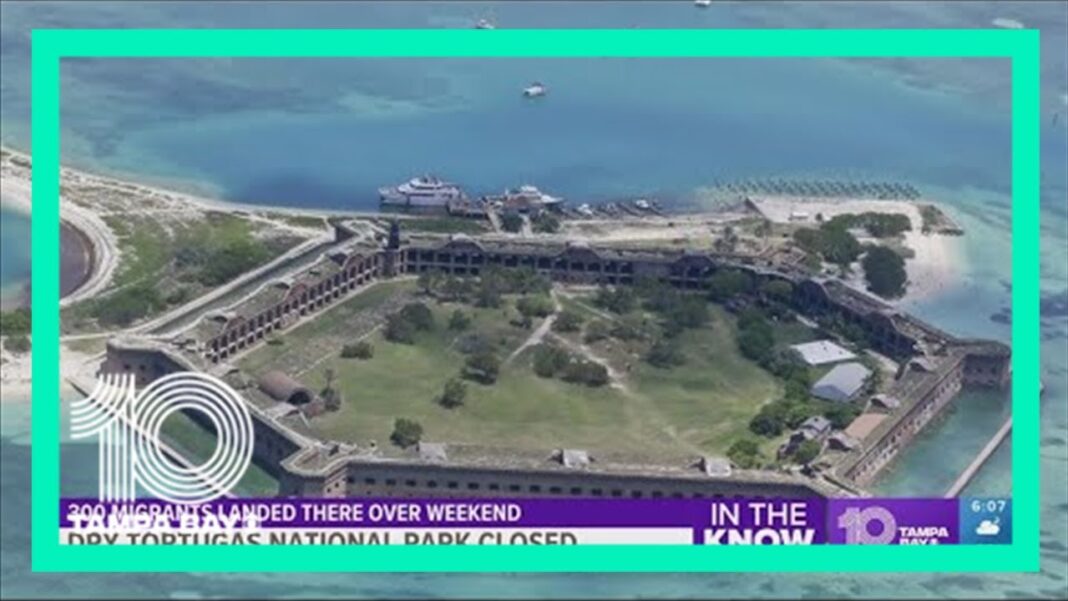The Biden administration finalized Environmental Protection Agency (EPA) regulations that expand protections for rivers, lakes, streams, wetlands, and waterways while simultaneously repealing a Trump-era rule on the matter.
The EPA said the revised rule (pdf), issued on Dec. 30, 2022—which clarifies the types of bodies of water protected by the federal government under the Clean Water Act—is based on definitions that were in place before 2015, when the Obama administration took a similar approach seeking to expand federal protections.
The Trump administration later narrowed the definitions, a move that was praised by builders, oil and gas developers, farmers, and others who complained about federal overreach and raised concerns that the federal government would regulate ravines and creeks on private property.
U.S. District Judge Rosemary Marquez for the District of Arizona threw out the Trump-era rule based on the fact that it allegedly ignored that smaller waterways could affect the health of the waterways into which they flow.
“In developing this rule, the agencies considered the text of the relevant provisions of the Clean Water Act and the statute as a whole, the scientific record, relevant Supreme Court case law, and the agencies’ experience and technical expertise after more than 45 years of implementing the longstanding pre-2015 regulations defining ‘waters of the United States,’” the EPA said in its revised rules.
“This final rule advances the objective of the Clean Water Act and ensures critical protections for the nation’s vital water resources, which support public health, environmental protection, agricultural activity, and economic growth across the United States.”
Increases Protections of Wetlands, Lakes, Ponds
Specifically, under the revised rules, the Biden administration is increasing protections of wetlands, lakes, ponds, and some streams that have a significant connection to navigable waters or wetlands that are “relatively permanent.”
The rule doesn’t set a certain distance for when adjacent wetlands are protected, as officials said that various factors can affect whether the wetland and the waterway can impact the water quality of each other. The impact, according to the EPA, depends on “regional variations in climate, landscape, and geomorphology.”







